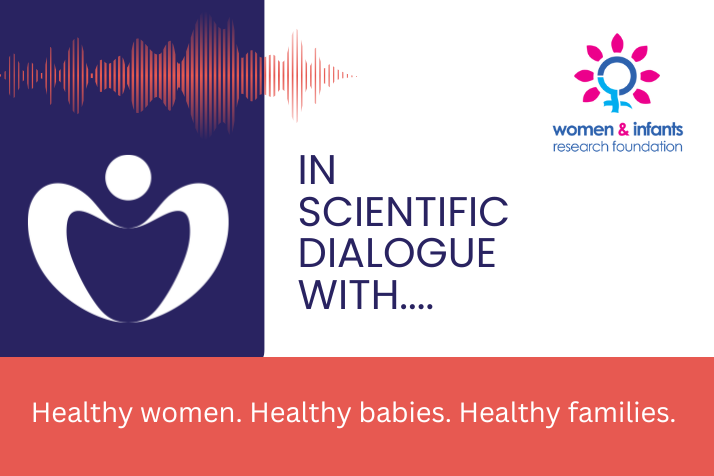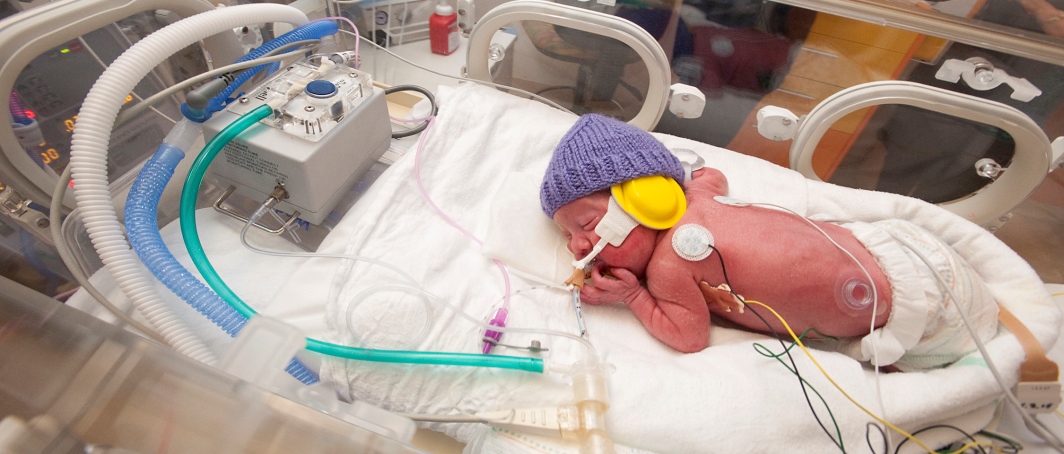Research overview
The WA Preterm Birth Prevention Initiative (the WA Initiative) launched in 2014, is the world’s first whole-of-population whole-of-state program with the goal of safely lowering the rate of preterm birth.
In addition to preterm birth prevention, a major goal of the WA Initiative is to extend pregnancy to about 39 weeks’ gestation in cases where there is an absence of medical justification for early birth.
In June 2018, the WA preterm birth prevention program was rolled out across Australia by the development of the Australian Preterm Birth Prevention Alliance.
The WA clinical guidelines were adapted to the local healthcare environments in all states and both territories, and the Alliance became the world’s first national program designed to safely lower the rate of preterm birth across its population.
In 2015, the first year of the WA Initiative, preterm birth was reduced by 7.6% across the state and by 20% at KEMH. Subsequent evaluation of the WA Initiative outcomes in years 2016 and 2017 revealed that the reduction in preterm birth was sustained at KEMH, but not elsewhere in WA, except in the remote region of the Kimberley.
The Kimberley is the only region in WA to provide the progesterone treatment free of charge and the marked effectiveness in that location provides further evidence that this progesterone treatment protocol is effective. Reduction in the preterm birth rate in the Kimberley confirmed that the daily administration of progesterone to women found to have a short cervix on a mid-trimester pregnancy scan results in halving their risk of giving birth preterm.
At the same time, our current analyses suggest that the WA Initiative has had limited success in lowering preterm birth in Aboriginal women statewide and at KEMH. Aboriginal women are at a two-fold increased risk of preterm birth compared to their non-Aboriginal counterparts. The assessment of birth outcomes among Aboriginal women at KEMH is confounded by a large proportion of preterm births among Aboriginal women occurring after a transfer from rural/remote WA.
Our analyses of pregnancy outcomes to date identified further investigations that are required to understand the mechanisms underlying the success and the deterioration of the WA Initiative’s impact outside and within tertiary care.
The aim of this project was to analyse pregnancy outcomes and evaluate the effects of the WA Initiative until December 2019, in order to determine those factors associated with success or failure of the program.
This project will determine in which subpopulations the WA Initiative’s strategies are effective, and in which subpopulations they require modification.
The information gained in this study will benefit WA women and their babies, and enabled findings to be shared with the Australian Preterm Birth Alliance, to benefit women and their babies Australia wide.
Project researchers
Dr John Newnham
Professor Dorota Doherty
Partners
The University of Western Australia
Funders
Channel 7 Telethon Trust
Project timeline
2021



